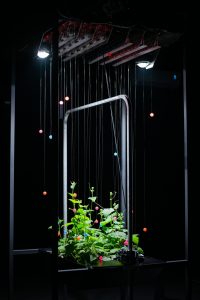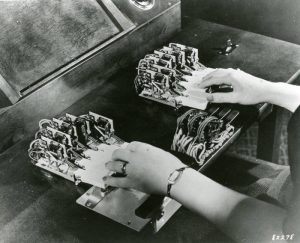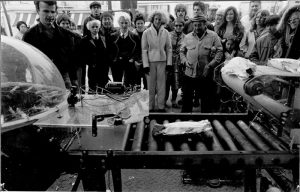Nico, a humanoid robot developed by Brian Scassellati’s lab at Yale University, has a head, neck, torso, one arm and 20 joints and motors. It mimics the movement of an infant, and is modelled after theories about how children learn to reach and grasp objects.
![news-compsci-nico[1].jpg](http://www.we-make-money-not-art.com/yyy/news-compsci-nico%5B1%5D.jpg)
“It has basic hand-eye coordination and can recognize other individuals as distinct from itself,” explains Scassellati. “It can recognize itself in a mirror.”
Nico also identify the location and activities of nearby people, as well as the emotion intonated in their voices.
But Nico’s most interesting asset is that it was designed to interact with children and evaluate models of social development and help diagnose disorders like autism. “Right now, autism is diagnosed by having trained clinicians observe and play with children, which can be very subjective,” Scassellati said. “People generally don’t have a lot of quantitative data for evaluating autism, and we’re trying to develop technology in the form of robots and smart rooms with hidden cameras and microphones so that we can get that data.”
Via Robots.net Yale Daily News.







